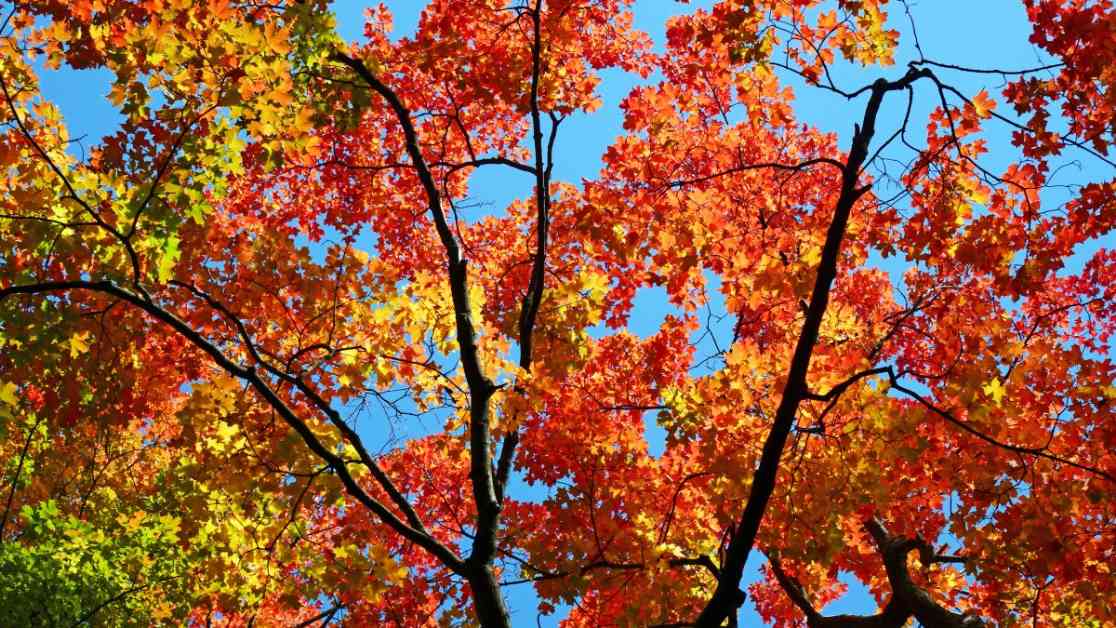It’s officially fall, everyone! The days are getting shorter, and the nights are getting colder as we transition from summer to autumn. This year, the autumnal equinox will occur on September 22, 2024. But what does that mean exactly?
The autumnal equinox happens when the Earth is at a specific point in its orbit around the sun. Due to the Earth’s tilt, the sun’s warmth and light are distributed unevenly across the planet for most of the year. When the Northern Hemisphere is tilted toward the sun, we experience the summer solstice, marking the beginning of summer in the North and winter in the South. On the other hand, when the Southern Hemisphere is tilted toward the sun, we have the winter solstice, signaling the start of winter in the North and summer in the South.
The equinoxes, both autumnal and vernal, occur at the halfway points between the solstices. The term “equinox” comes from Latin words meaning equal and night, signifying that on these days, day and night are nearly equal in duration, offering around 12 hours of daylight followed by 12 hours of darkness.
This year’s autumn equinox will fall on either September 22 or 23, depending on the year. In 2024, it will be on Sunday at 8:44 a.m. ET/ 5:44 a.m. PT in the Northern Hemisphere. There are two ways to define the seasons: meteorological and astronomical. Meteorological seasons are based on temperature cycles and divide the year into three-month periods. Fall, according to this calendar, began on September 1 and will last until November 31. On the other hand, astronomical seasons are determined by the Earth’s position relative to the sun, with equinoxes marking the start of spring and autumn, and solstices marking the beginning of summer and winter.
The “Harvest Moon” is the full moon closest to the autumnal equinox and has its roots in a time when farmers relied on the moon’s light to harvest their crops late into the night. This year, the Harvest Moon, which is also the last supermoon of 2024, will be visible on Monday, September 16, reaching its peak illumination at 10:34 p.m. ET/7:34 p.m. PT on Tuesday, September 17, as reported by The Farmer’s Almanac.
As we welcome the fall season and prepare for cooler temperatures, take a moment to appreciate the celestial events that mark this time of year. Get ready to cozy up in your favorite sweater and enjoy the beauty of autumn!


